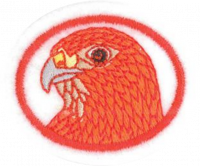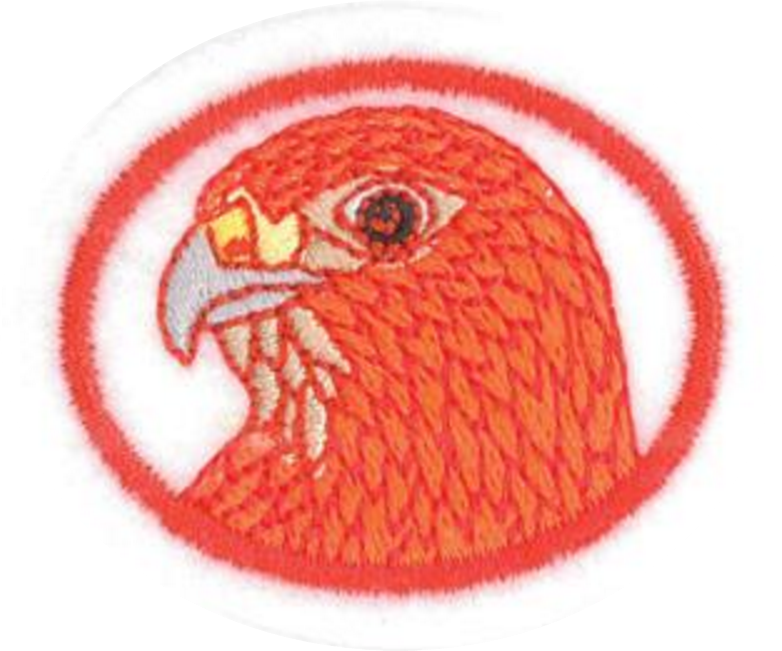AY Honor Raptors Requirements used by North American Division
From Pathfinder Wiki
1. What does the word “raptor” mean?
2. Classification:
- a. Identify the 2 major groups of raptors.
- b. List the scientific names of the orders & families collectively referred to as "raptors" or "birds of prey."
- c. Identify distinct characteristics of raptors.
- d. an example of a raptor that illustrates each of the families represented under these two major groups (7 families).
3. From a diagram, identify or label the following parts of the raptor:
- a. Eyes
- b. Feet & Talons
- c. Chest
- d. Body
- e. Beak
- f. Ears
- g. Wings
- h. Feathers
4. Discover the following information about raptors. Use this information to compare and contrast raptors with another family of birds, such as ducks & geese (anatidae) or parrots (psittaciform).
- a. the smallest diurnal and nocturnal raptor
- b. the largest diurnal and nocturnal raptor
- c. kinds of nests do raptors build
- d. the average life span for large and small raptors
- e. the most common food of raptors
- f. How do raptors eat their food?
5. Do one of the following:
- a. Watch a live raptor demonstration
- b. Read a book on raptors
- c. Watch a film documentary on raptors
6. Do two of the following:
- a. Create a puppet show about raptors.
- b. Dissect an Owl Pellet, preferably online, and write down what you find.
- c. Make a chart of raptor wing spans and shapes of wings.
- d. Make a file of at least 10 raptor craft ideas and complete 5 of the crafts.
- e. Make a notebook, art display, media presentation or collage with pictures and information about raptors.
- f. Create a board game about raptors.
- g. Photograph at least 5 live raptors in the wild or captivity. Label your photographs.
7. Experience raptors in one of the following ways:
- a. Visit a zoo or aviary. Have a docent tell you about the raptors they care for.
- b. Have a specialist visit the group and share what he/she does with raptors.
8. Observe raptors in the wild nesting or migrating. If possible, work with an area nature center, park, or Wildlife Management Areas.
9. Find two Bible passages about raptors and summarize a moral lesson from each one.


